


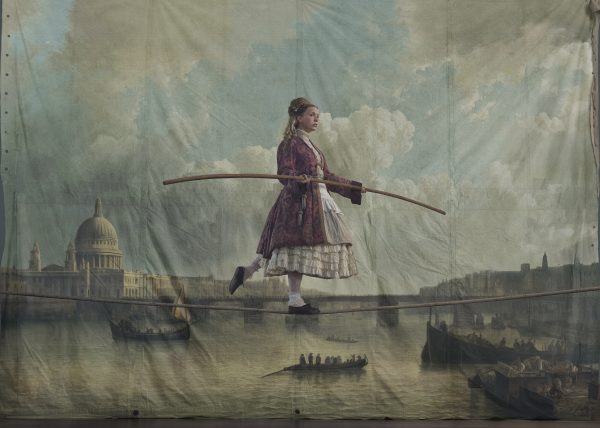
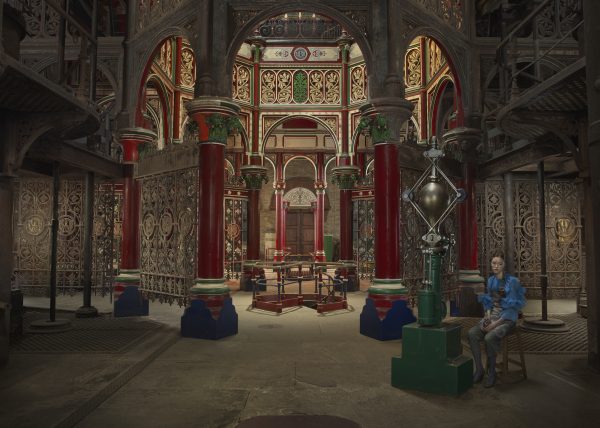
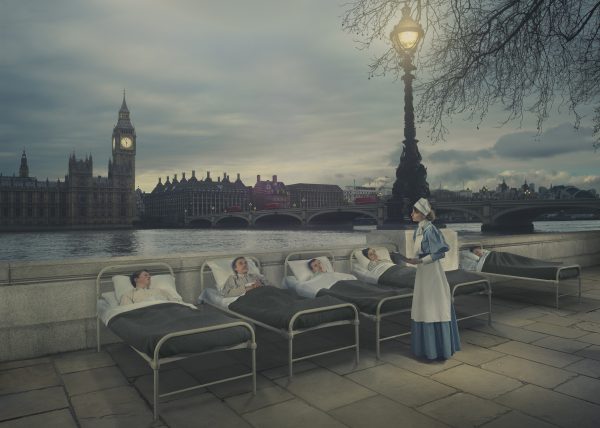


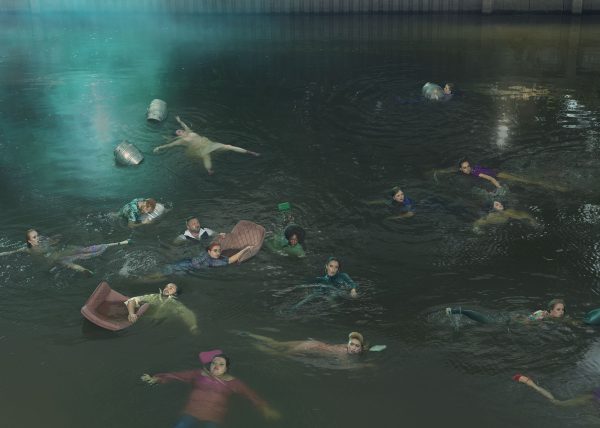



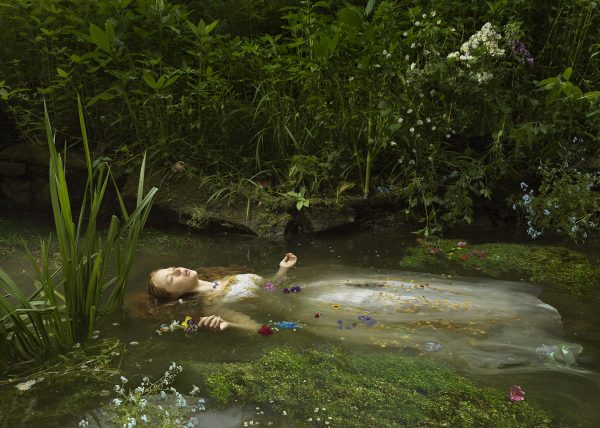

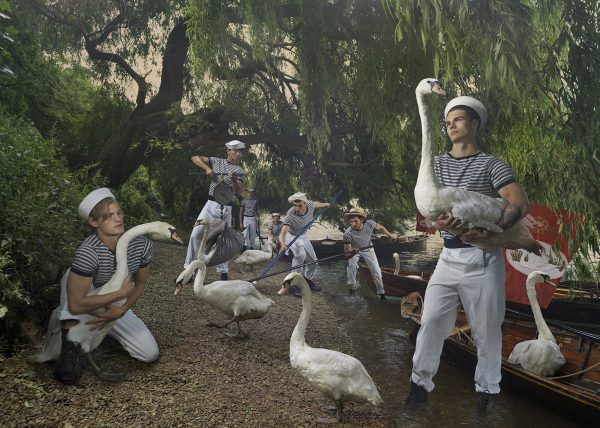
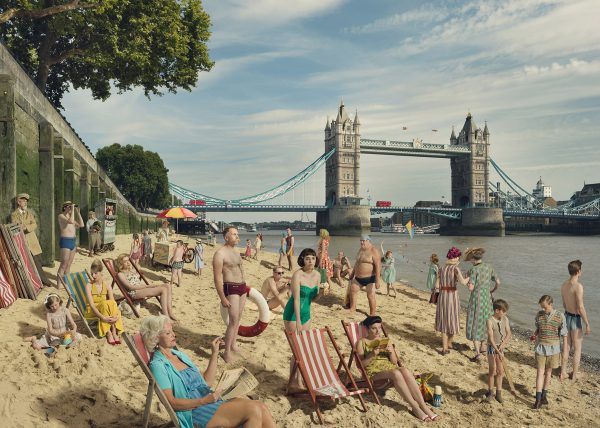
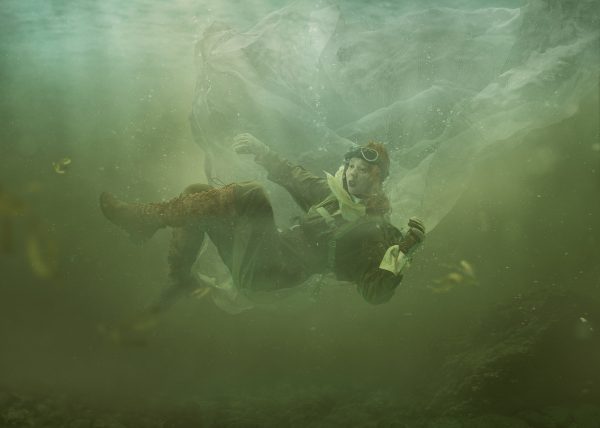
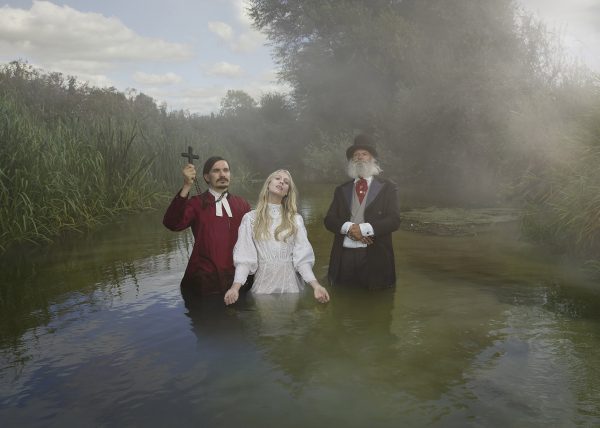
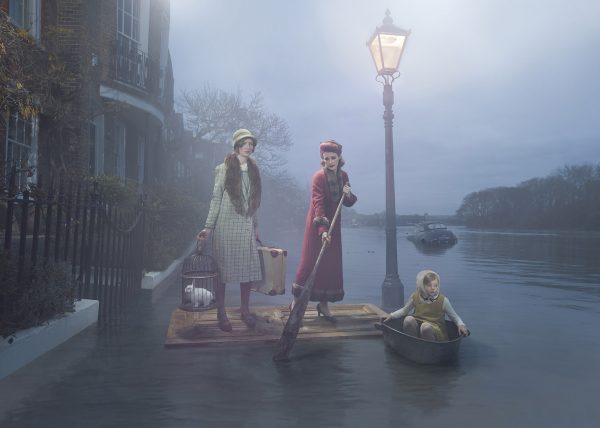

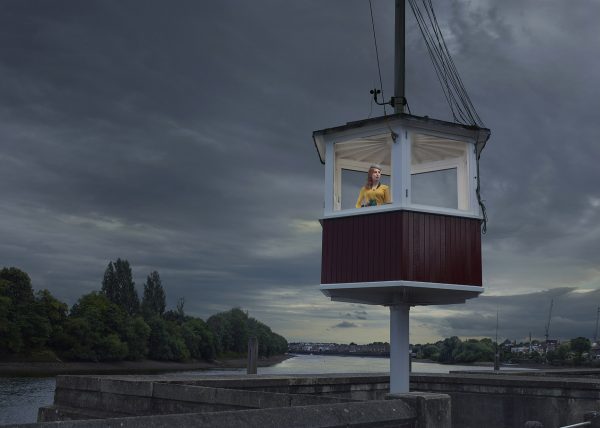
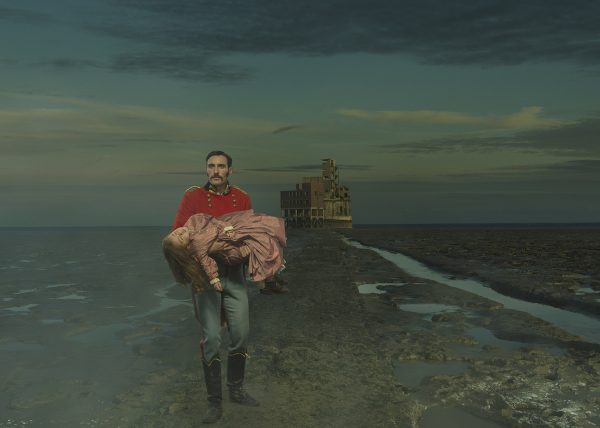


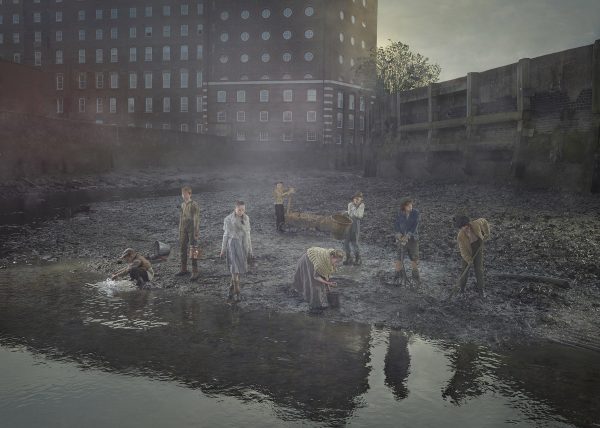
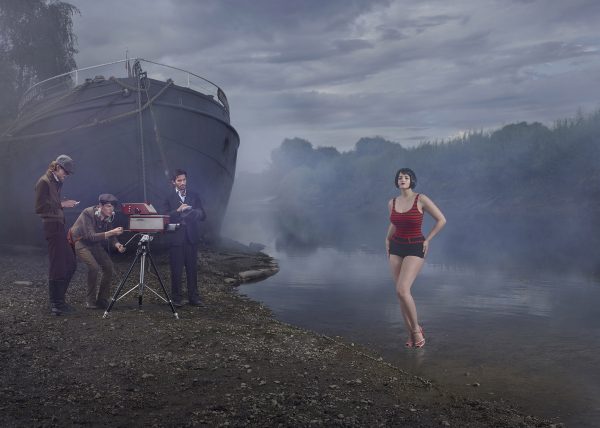
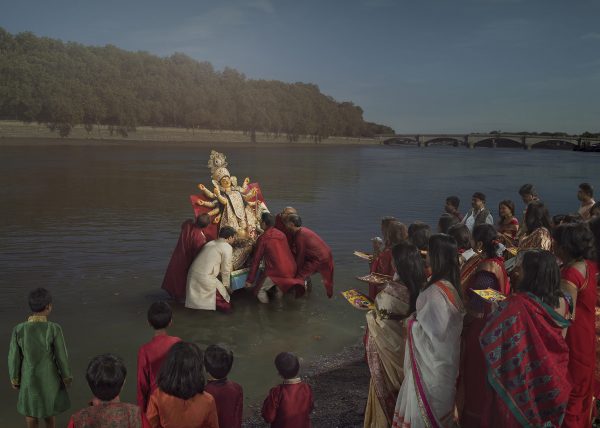
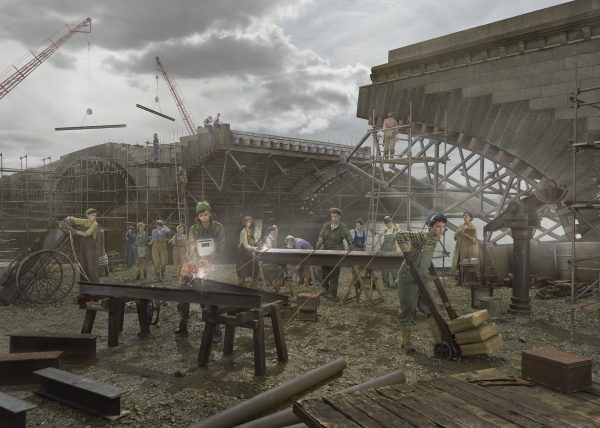
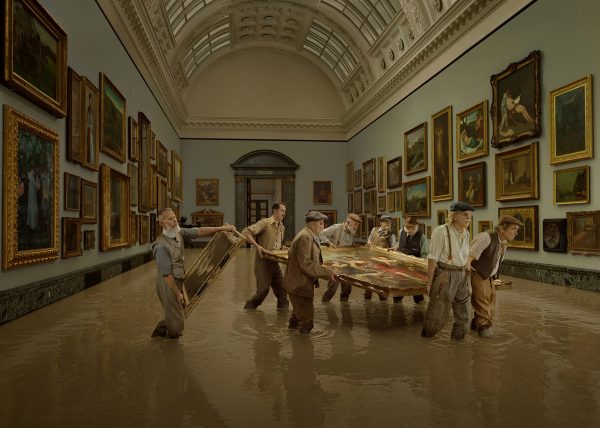
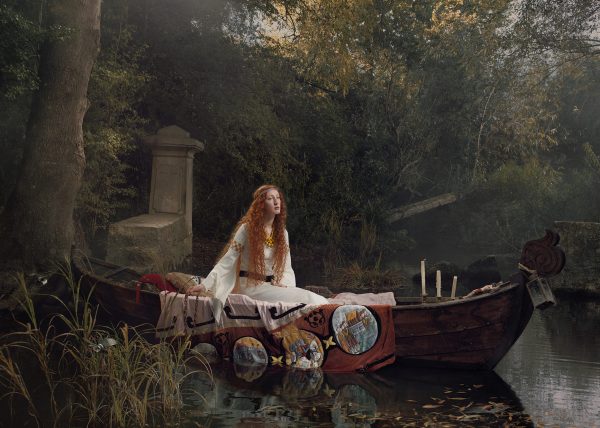
OLD FATHER THAMES The River Thames is not even the longest river in the British Isles and a mere pygmy in comparison with other rivers in the world, but it’s significance to British and world history is immense. The river starts as a small trickle in hills north west of London and travels for 346 km through the heart of some of England’s most picturesque towns, it passes through the centre of London and out into the North Sea. London is one of the major cities of the world today, but it would not have existed without the River Thames. The river has acted as a source of fresh water and food, an artery of communication and transportation, and a physical and psychological boundary. The part of the river between London and its estuary on the east coast is tidal and formed a natural harbor since pre-Roman times, making it a major communication and trade route between Britain and the rest of the world. The River Thames has truly defined the character and prosperity of London for over well over 2,000 years. The Thames has been a fascination for me ever since I moved to famous Oxford in the UK from Germany nearly forty years ago. Oxford lies on the banks of the Thames (called Isis there) and, in West London, where I live now, I am still only a short walk away from the river. It has been fascinating for me to consider the history, of both the Thames and London. That of the Thames is chequered with many interesting individual stories. The stories encompass birth, baptism, death, suicide, messages in a bottle, riverside scavenging youngsters, quaint ancient boats, and include other melodramatic episodes of life and death in and along the Thames. The little Ice Age between 1550 and 1750 was so cold that the river would freeze over and Londoners arranged Frost Fairs on the ice with food stalls and many different kinds of entertainment. I have now recreated the history of some thirty stories along the Thames as if I’d seen them with my own eyes.
